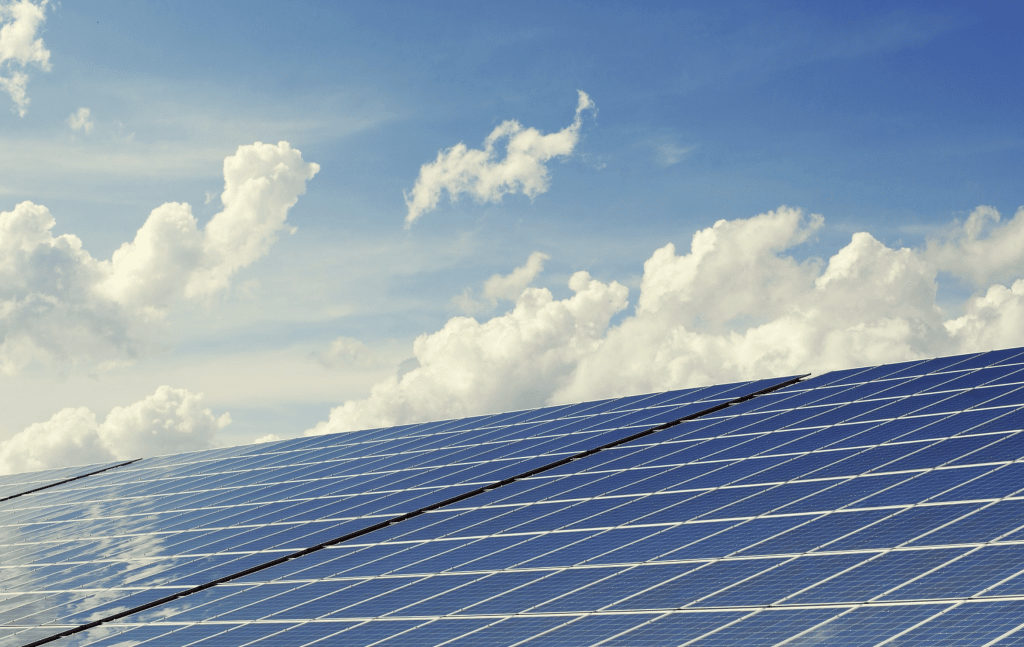Abe Issa, Solar Entrepreneur, explores the feasibility of generating 39% of power.
When thinking about helping reduce the carbon footprint and saving the environment, solar power quickly comes to mind. Research continuously shows that using solar panels to supply power not only makes sense but positively contributes to sustainability. In fact, a study conducted by the National Renewable Energy Laboratory (NREL) discovered that 39% of the total power used in the U.S. could be supplied by solar panels installed on every roof in the United States.
Aba Issa has been a leader in energy efficiency and home improvement spaces for over 20 years. With a vision of achieving fifteen percent of solar-powered progress by 2025, this thinking falls right in line with another federal report on installation trends showing that using solar-powered installations could cut utility profits by 15% or more over eight years.
Putting things into perspective
Research documents that the market penetration for solar panels should be at 10% in 2022. There are some additional elements that should be considered, including different states and their usage. While it all sounds like this is feasible and removes a considerable amount of fossil-fuel usage, the types of buildings, their structures, and whether they are up to code can affect the push for solar-powered communities.
There are some cities that would significantly benefit from installing solar panels on roofs. For instance, if California followed this initiative, studies indicate it could generate about 74% of the electricity needed to keep the state going. Additionally, the state of New England is also in a good position to benefit from this initiative, showing that it could generate 45% of its energy needs as well.
Will this work for everyone?
“This is an ongoing process,” says Abe Issa. “The main goal is to help transform cities into self-sustaining entities using solar energy. This not only lessens the carbon footprint by reducing the consumption in every home but promotes a greener way of life.”
The study also indicates that there are some states with solar resources that are below average, which can offset total sales when compared to states that have higher-quality resources. This means some states like Florida, which has an average electricity consumption of 130% of the national average per household, can still offset about 47% of its total consumption of energy.
This information creates a better position for regional and national policies that can work across the board to promote the use of solar panels to encourage a more natural way to generate power in communities. Energy efficiency and renewable energy continue to be an important part of the future, with integrations that provide lasting solutions at the forefront to create stable systems, solutions, and grids.

